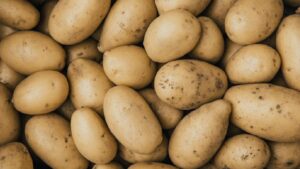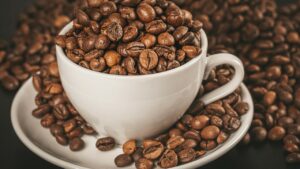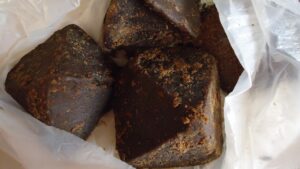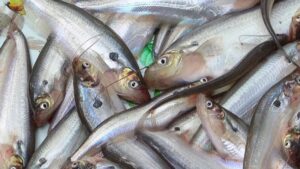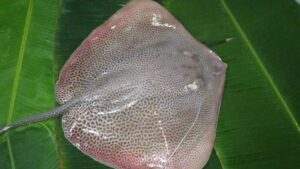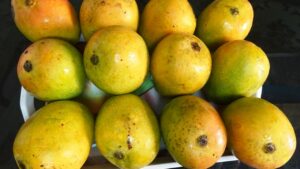Boal fish is a type of catfish. This freshwater fish lives in swaps, lakes and large rivers. This fish species is a native to India, Bangladesh, Pakistan, Afghanistan, Vietnam, Indonesia and a few other countries.
Boal is a predatory, voracious and carnivorous fish. It has a large mouth and so can easily prey on frogs, large fishes and other aquatic creatures.
Uses of Boal Fish in Indian Cuisines
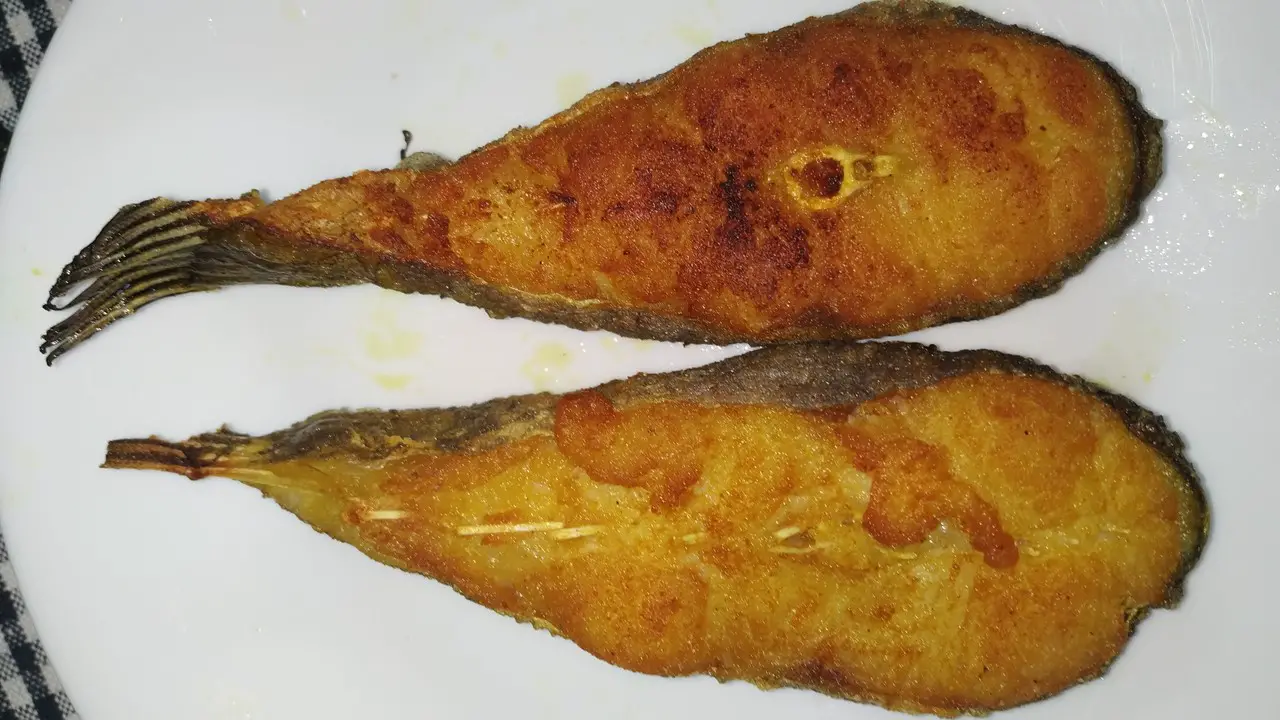
Most Indians love spicy recipes. Hence, it is no wonder that a larger number of Indians love Boal fish because this fish is usually cooked with loads of spices.
Bongs’ love for fishes is unsurpassable. They are the undisputed masters of cooking with a variety of Piscean creatures. Depending on the fish variety, they are ardent admirers of both jhol and jhal.
Both in Bengal and other parts of India where Boal fish is consumed, it is usually cooked with lots of spices. Bongs have several signature dishes with Boal, including bhapa, rasa, do peyaji, gravy, patora etc.
Boal bhapa is just like ilish bhapa. Each fish piece is coated with mustard-poppy paste and almost bathed with mustard oil.
Slit green chillies are used for hotness whereas mustard oil promises pungency. The steamed preparation is best relished with plain boiled rice.
Boal do peyaja is a replication of chicken or mutton do pyaza. Onion is used in a larger quantity to make the gravy flavoured with different spices including garam masala. Use of whole spices makes the dish more flavourful.
In Boal gravy, fishes are lazily cooked in spicy tomato-onion curry. Ginger-garlic paste is used for both thickening and flavour.
In the winter season, egg plants are used along with onions. The dish is finished with garam masala.
Boal gravy or Boal curry is also cooked with mustard-gravy paste. It tastes completely different from the curry made with onion and tomato.
Those, who admire spiciness and hotness, will surely love its unmatched flavour and taste, especially when served with a bowl of plain hot rice.
Boal rasa is a gravy-like recipe that is a little thicker than soupy curry. The fishes cooked in richly flavoured curry taste heavenly delicious when paired with steamed rice.
Boal patura is an uncommon recipe made with this fish. The fishes are coated with green chilli-mustard-poppy paste and slow fried in mustard oil for a long time.
After properly done, both sides of the fish pieces look light brown and burned while the hotness of pasted green chillies and spiciness of mustard-poppy paste get into the thick flesh, making it truly awesome to taste.
What is the Best Way to Cook Boal Fish?
Irrespective of the recipe, make sure to marinate the fish with salt, turmeric powder, coriander powder and mustard oil.
If you are cooking patora, slow cooking is the best way to get the yummiest result.
Keep the flame medium when making rasa or tomato-onion gravy.
For both bhapa and mustard-poppy paste gravy, medium-to-slow cooking is always recommended for the perfect taste.
Is Boal Fish Tasty?
Boal fish is known to be a popular and delicious fish in some parts of the world, especially in South Asia.
Its taste can vary depending on how it is prepared and cooked.
Some people describe the taste of Boal fish as mildly sweet with a slightly earthy flavor, while others describe it as meaty and savory.
Ultimately, whether or not someone finds Boal fish to be tasty is a matter of personal preference.
How to Make Boal Fish Taste Good?
Marinating the fish is the key to getting the best taste.
Depending on the recipe, you should keep the flame low or medium so that there is enough time for flavours to penetrate into the fish.
How Do You Know When Boal Fish is Cooked?
There are several ways to determine if Boal fish is cooked properly. Here are a few methods:
Visual inspection: Look for changes in the color of the fish. Raw Boal fish is a pale gray color, but as it cooks, it will turn white. The flesh should also become opaque.
Texture: The flesh of cooked Boal fish should be firm and flaky. You can test this by using a fork to gently flake the flesh. If it separates easily into large flakes, it’s likely done.
Internal temperature: Use a meat thermometer to check the internal temperature of the fish. The USDA recommends cooking fish to an internal temperature of 145°F (63°C).
Time: The cooking time will vary depending on the thickness of the fish and the cooking method used. As a general rule, fish should be cooked for 8-10 minutes per inch of thickness.
It’s important not to overcook Boal fish, as it can become dry and tough. Once the fish is cooked, it should be removed from the heat source immediately to prevent further cooking.
What is Boal Fish Called in English?
Wallago attu is the English name of Boal fish.
Conclusion
Boal fish is a popular and delicious freshwater fish that is native to several countries in Asia.
It is known for its meaty and savory taste, which can be enhanced by marinating and slow cooking with a variety of spices.
There are many different ways to prepare Boal fish, including bhapa, rasa, do peyaji, gravy, patora, and more.
When cooking Boal fish, it’s important to pay attention to the visual inspection, texture, internal temperature, and cooking time to ensure that it is cooked properly without becoming dry and tough.

